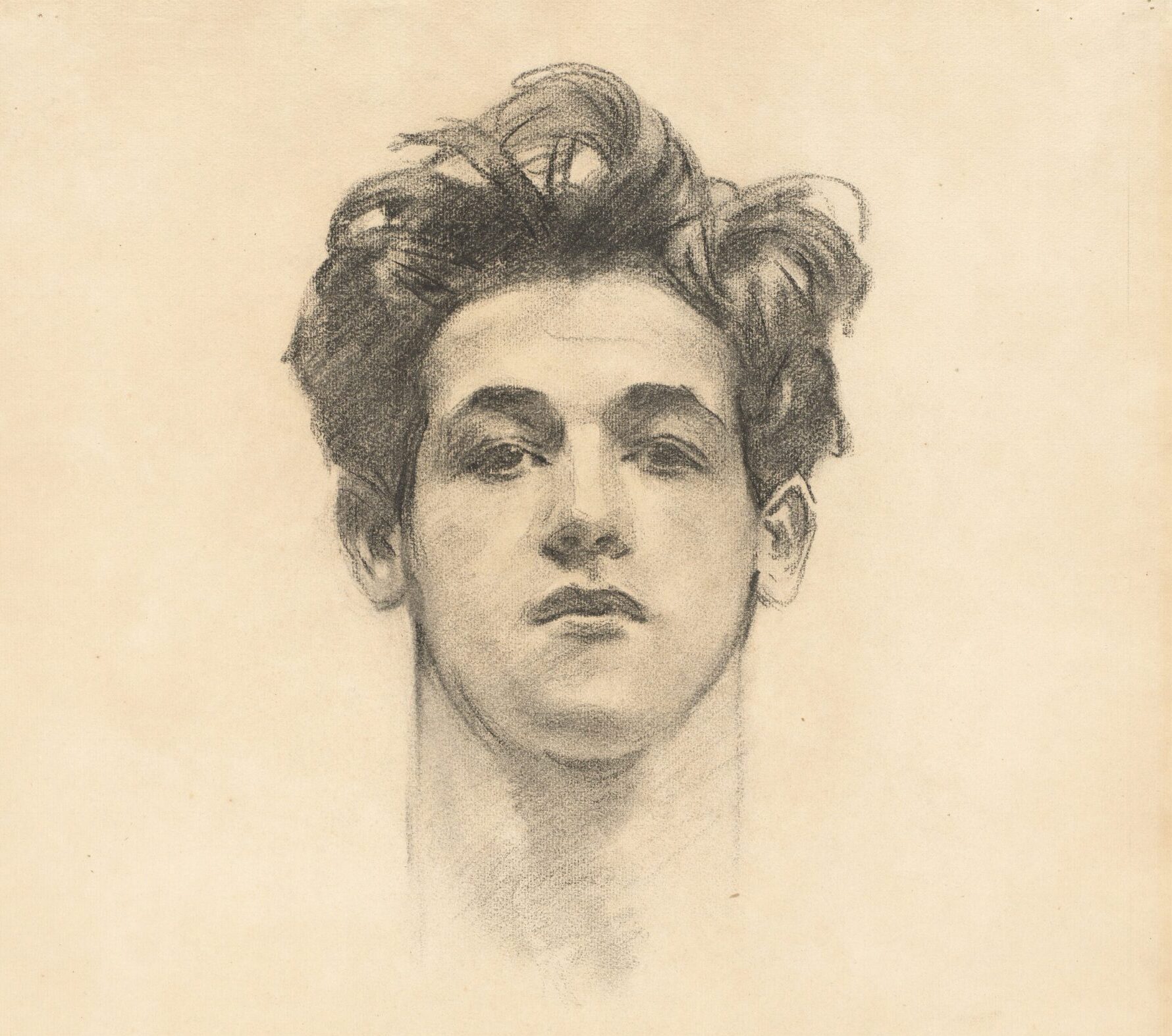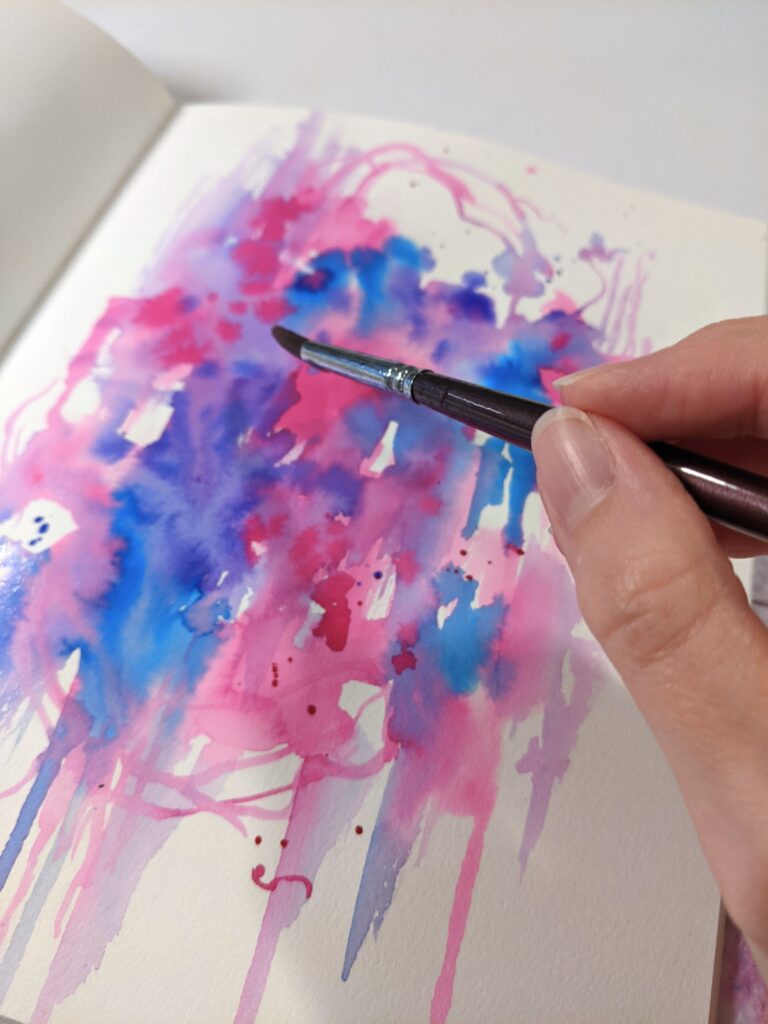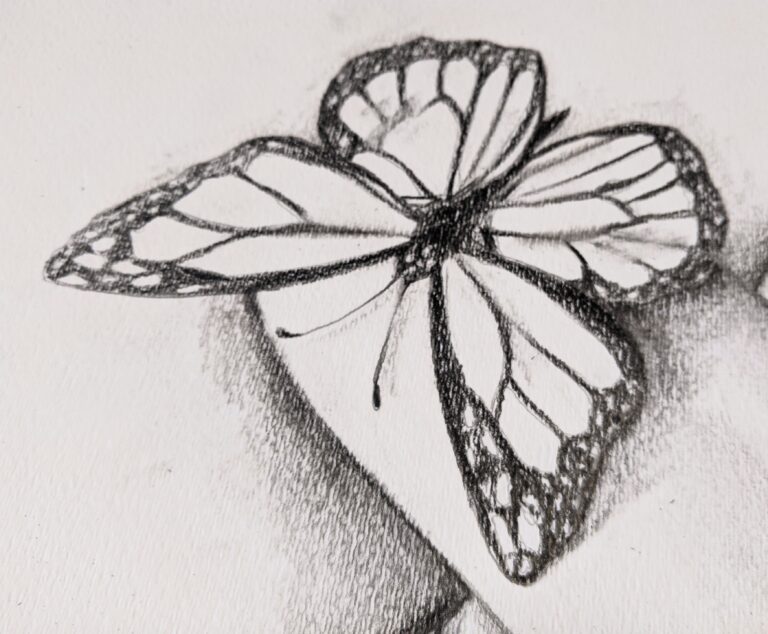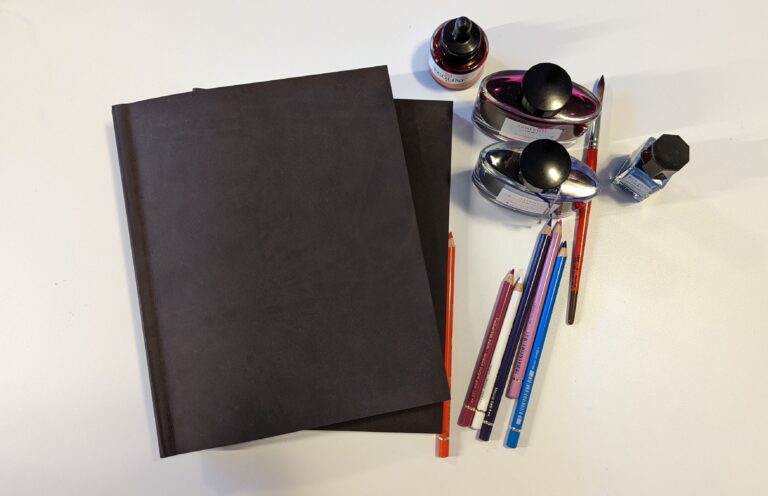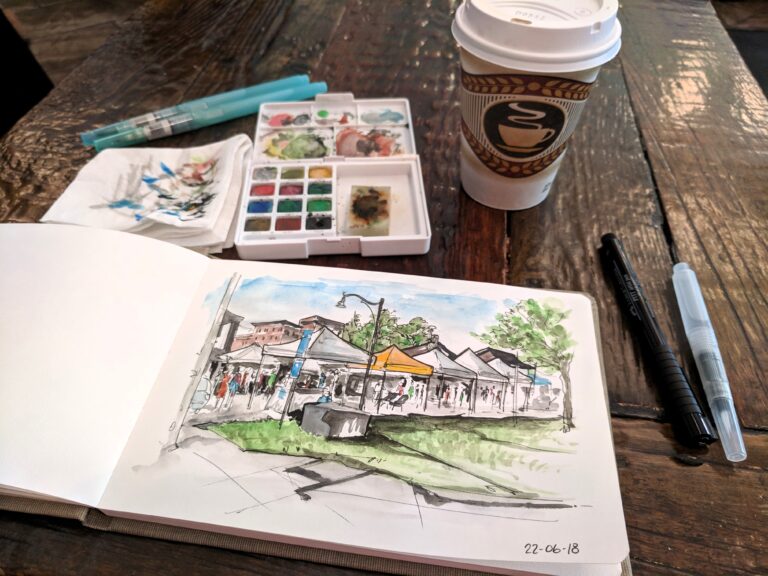Today, we’re taking a look at talented artist John Singer Sargent (1856-1925), a true master in portraiture. This is the first artist in my new series, Master Study Favourites.
In art terms, a Master Study is when you try to replicate artwork for educational purposes. It’s always best to research key information about the artist before you start and focus on one art principle or technique at a time.
Pick between expressive brushwork or lines, interesting colour palettes, striking compositions, perspective, values, etc.
I’m taking a different approach and showing you some of his lesser-known pieces.
In today’s study, we’ll cover some of Sargent’s background and examine how he conducted his studies before tackling a study of our own.
Who is John Singer Sargent?
Sargent was an American artist born in Italy right around the start of the Impressionist movement. He showed an aptitude for art from a young age.
According to the MFA Boston website, he grew up travelling all around Europe with his family. Therefore as a nomad expatriate, he was well-versed in many languages.
He studied Art at both the Accademia delle Belle Arti in Florence and l’École des Beaux-Arts in Paris, which catapulted his career.
Paris is also where he met his first mentor, Carolus-Duran, who taught him to paint directly onto the canvas with a loaded brush, also known as the Au premier coup technique.
This would forever impact his approach to painting, often described as expressive, yet realistic.
Sargent would go on to become one of the most influential portrait painters of his time, marked by a series of scandalous portraits and stunning masterpieces.
I was surprised to learn that Sargent was familiar with a variety of media, such as charcoal, watercolour, graphite, and oil paints. Although he is best known for his portraits, I think it’s worth mentioning that he also created many lovely landscape drawings and paintings.
![Ponte Vecchio, Florence [recto] by John Singer Sargent](https://artmemoires.com/wp-content/uploads/2025/01/ponte_vecchio_florence__recto__2015.19.683.a-1536x1002.jpg)
For any new artist wondering, it’s normal for your process and practice to evolve over time. Our interests change and your art will reflect that in one way or another. So feel free to try different media and go out of your comfort zone once in a while.
Sargent’s process and studies
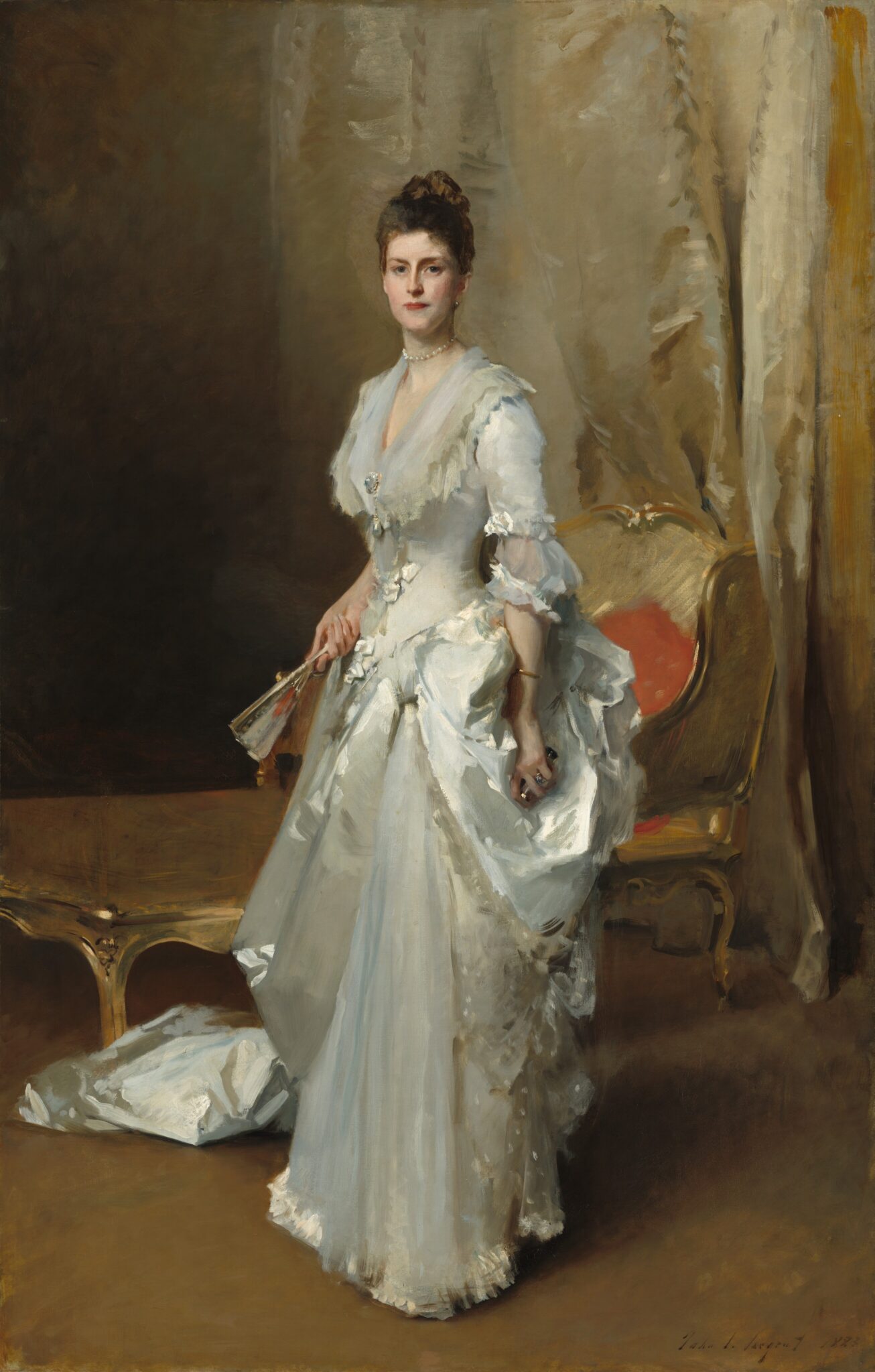
Upon closer inspection of Sargent’s oil paintings, you can tell he applied his paint quickly and gesturally.
So at a glance from far away, you get the sense that this is a realistic depiction of his subject with intricate detail. However, upon closer look, you realize that his brushwork is quite loose and somewhat scratchy or repetitive.
One of the hardest things to learn as a new artist is to know when to stop or hold yourself back from editing your work. The thing is, you’ll always be able to improve it.
So based on my research, I’ve outlined some of Sargent’s greatest strengths below. I’ll be sharing my art study in the next segment.
1. The importance of tonal values
The most valuable thing I learned from studying Sargent is sketching with values instead of relying on lines to form your subject.
If you’re unaware of what values are, they refer to how light or dark a colour is. Learning about this concept with an achromatic or grey value scale is a great exercise for beginners.
Create 10 squares with white and black on each end, then add incremental amounts of black to your white in each square. Mixing black and white creates different shades of grey, hence the name. You can achieve a similar result with your standard graphite pencil set.
For his studies or sketches, Sargent often used charcoal. Charcoal is a great medium to achieve that range in value. The medium is easy to erase and blend with a stump. A good alternative for charcoal is a variety of graphite pencils (from H to B), but as you’ll see in my examples, I enjoy using a red pencil for my sketches.
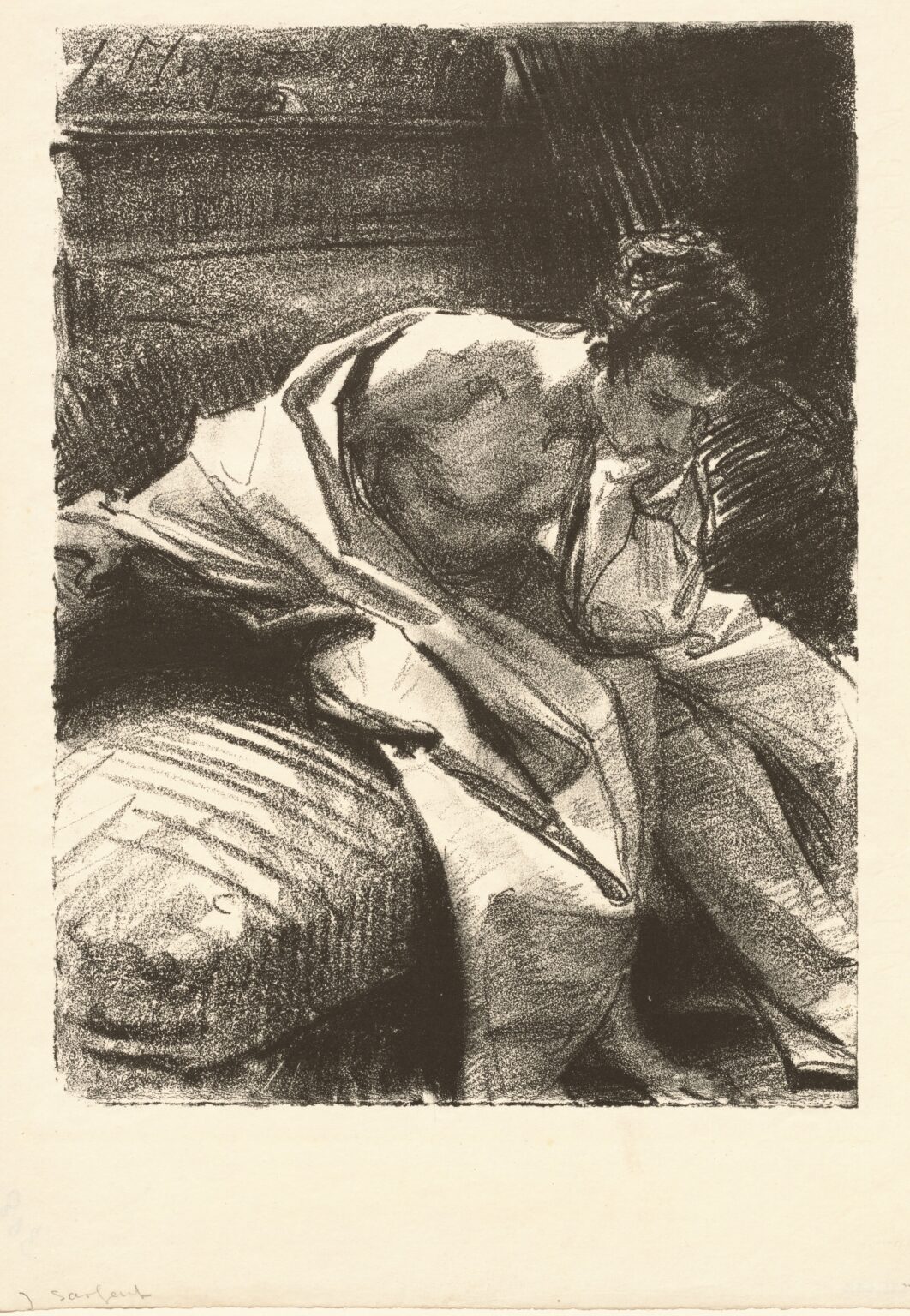
I’ve mentioned before how important it is for artists to learn values to take their art to the next level. Values add depth, contrast, drama and balance to your art. It’s a fundamental that shouldn’t be overlooked, especially when you’re a beginner!
2. Painting or drawing with intention
Don’t rework or erase your sketches too much. I know this is difficult! The key is to start with a very light sketch and gradually add contrast.
Learn to make lines or brushstrokes with intention by using a gestural approach to drawing or painting. Try to sketch in an upright position at arm’s length. Make confident lines by using your whole arm instead of just your hand. This skill can take years of practice before you get comfortable with it.
Master Studies are made exactly for that; look at how Sargent created his artwork and try to recreate them in essence.
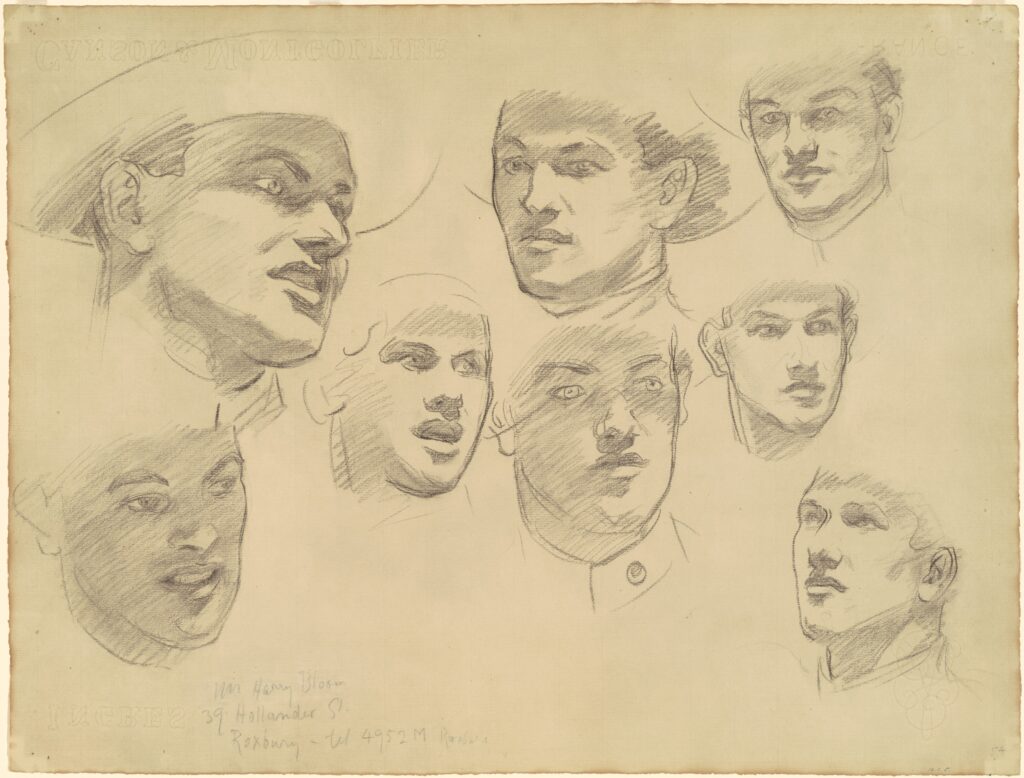
3. Study your subject before you commit to a pose
One way to improve your technique is to draw from observation. It’s best to carry your sketchbook wherever you go and draw on location. Sketch whatever sparks your interest.
If you’re wondering how to teach yourself to draw without any experience, I created this easy step-by-step guide to help you get started.
Sargent studied his subjects extensively. This allowed him to look at his model from different angles. Once he settled on his preferred composition, he would start painting. He believed in his ability to reproduce his subject accurately based on these study sessions.
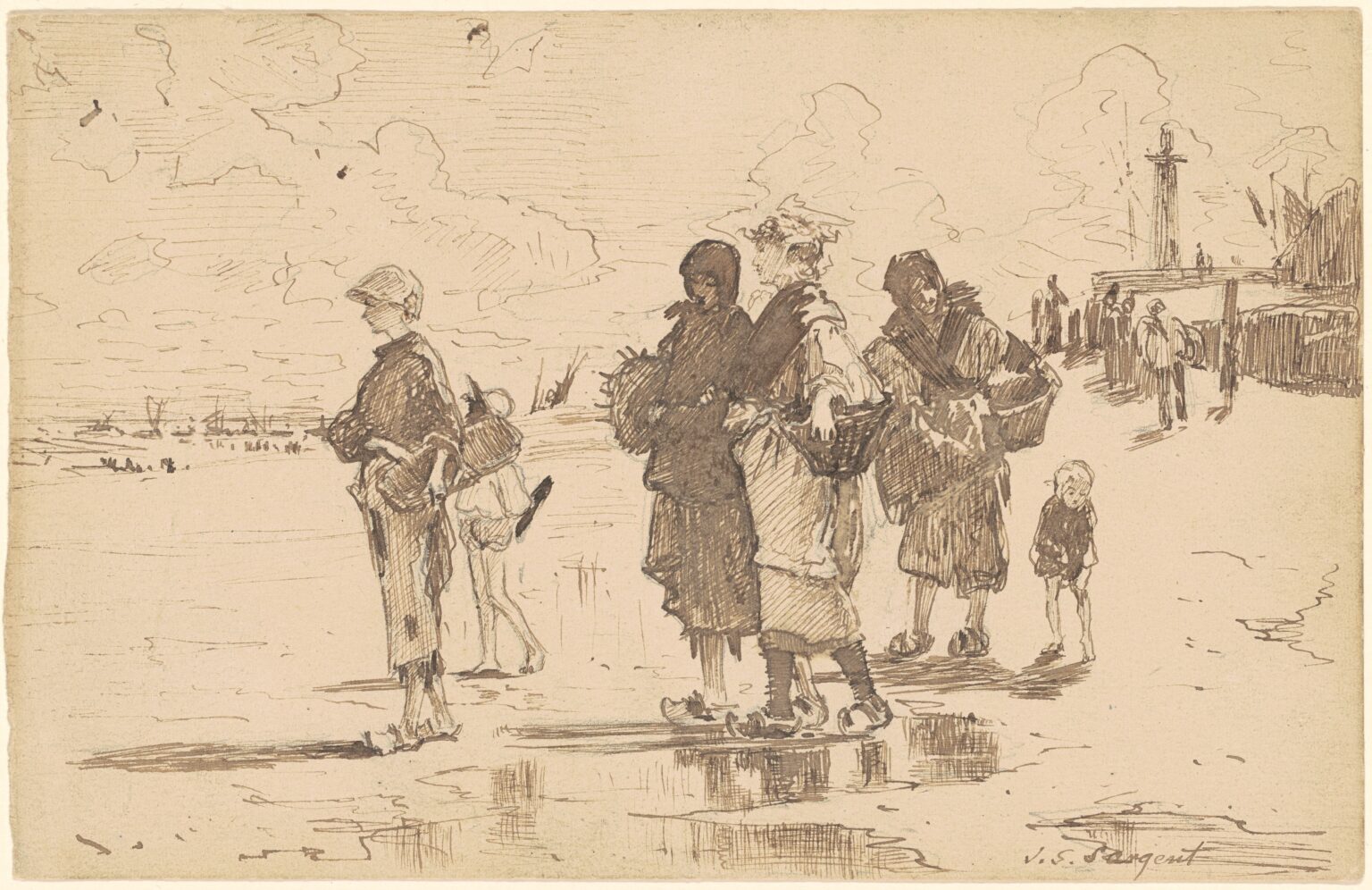
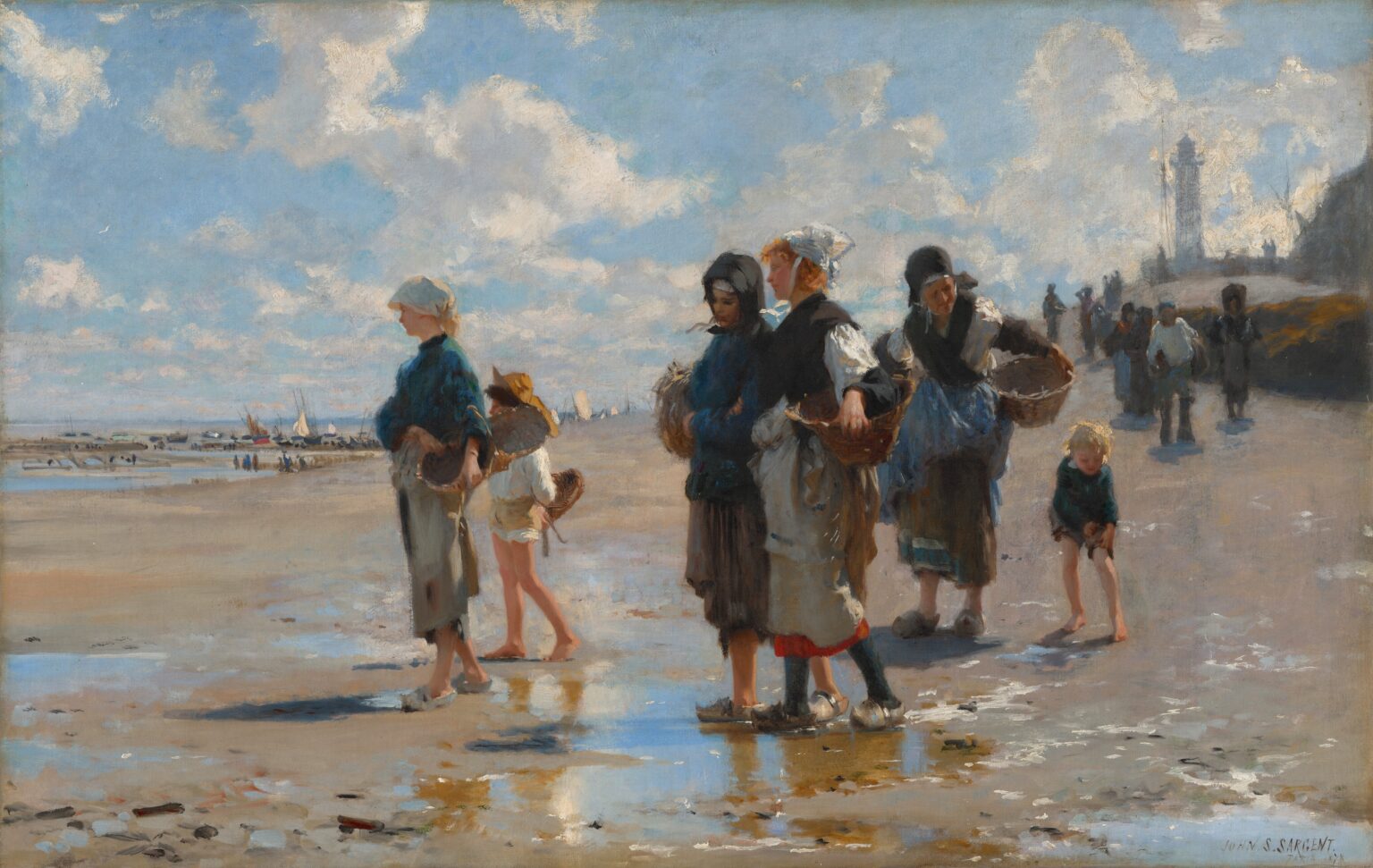
Emi’s Master Study
Now that we’ve studied Sargent’s unique approach, we can begin drawing in our sketchbook or whichever way works for you.
Sketching with tonal values instead of lines
For this study, I wanted to practice sketching values. With drawing, you can achieve this by controlling the pressure you add on your pencil, using different graphite pencils that vary from H to B or layering your marks.
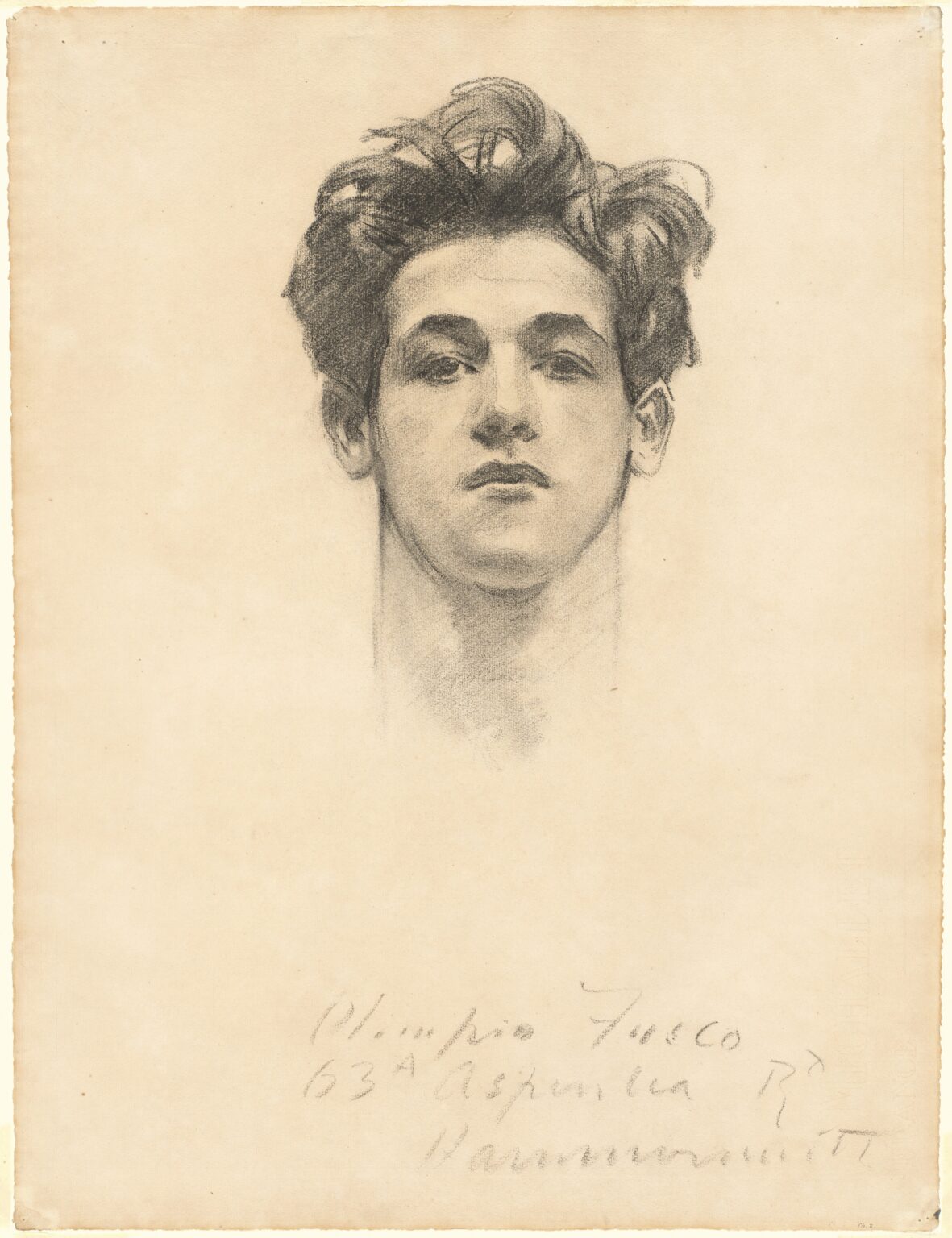
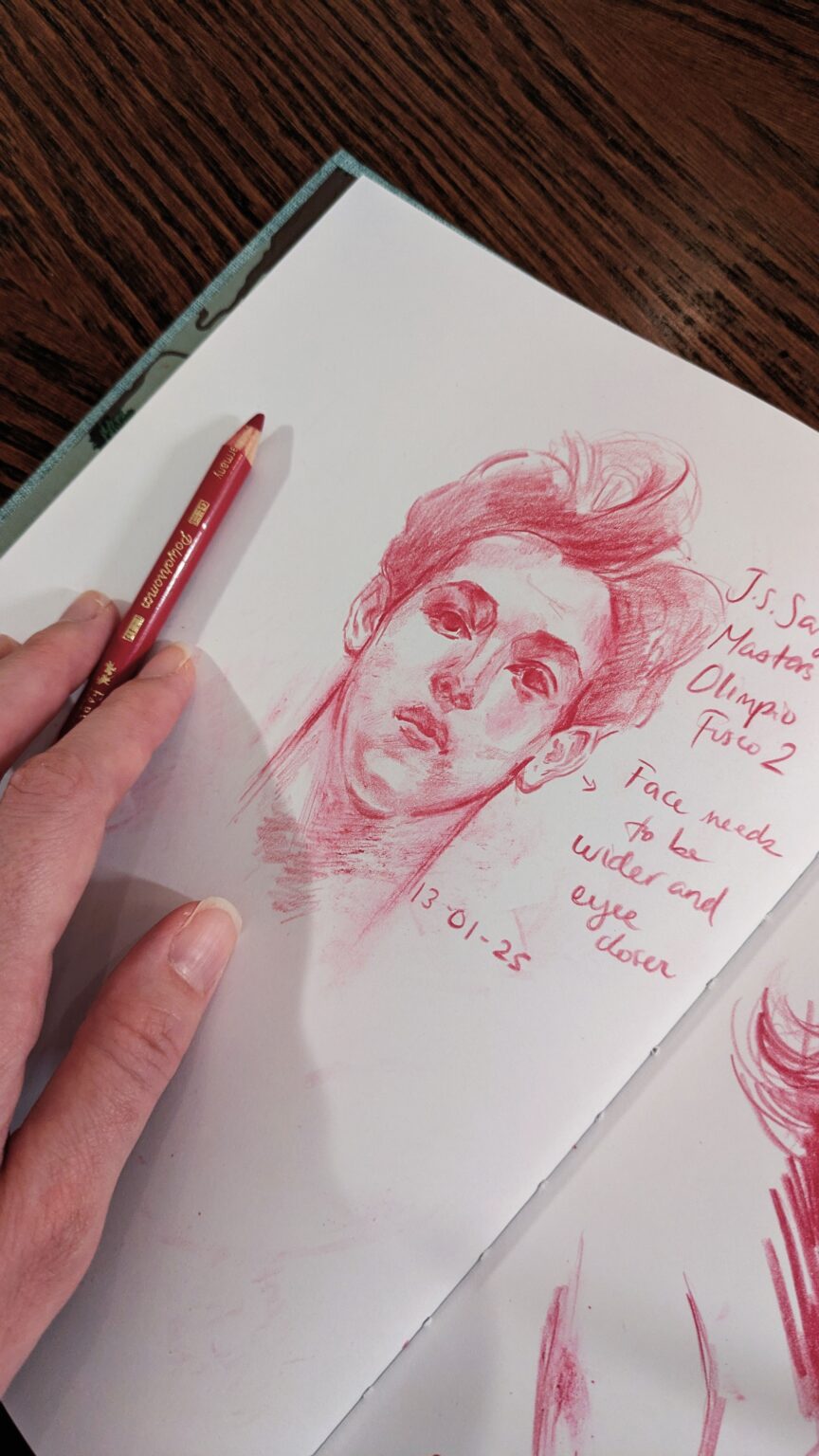
The picture on the left is Sargent’s Olimpio Fusco, made with charcoal on laid paper around 1900-1910, while on the right is my version with a red pencil in my sketchbook.
As you can see, this isn’t a perfect copy of the subject and that wasn’t the point of my study either. I was really looking at how he layered his charcoal to achieve those darker areas. To my surprise, the subtleties in shading in the lighter areas were a lot harder to replicate.
If I were to critique this sketch constructively, I would say that I need to work on my lighter values. The shading around the eyes is noticeably different as well. I also tried mimicking Sargent’s scratchy marks to create texture, however they’re a bit too obvious.
Studying my subject before committing to a pose
Drawing your hand is a great little drawing exercise for beginners, so I thought I would try it out for myself. I was also inspired by looking at Sargent’s quick hand studies below.
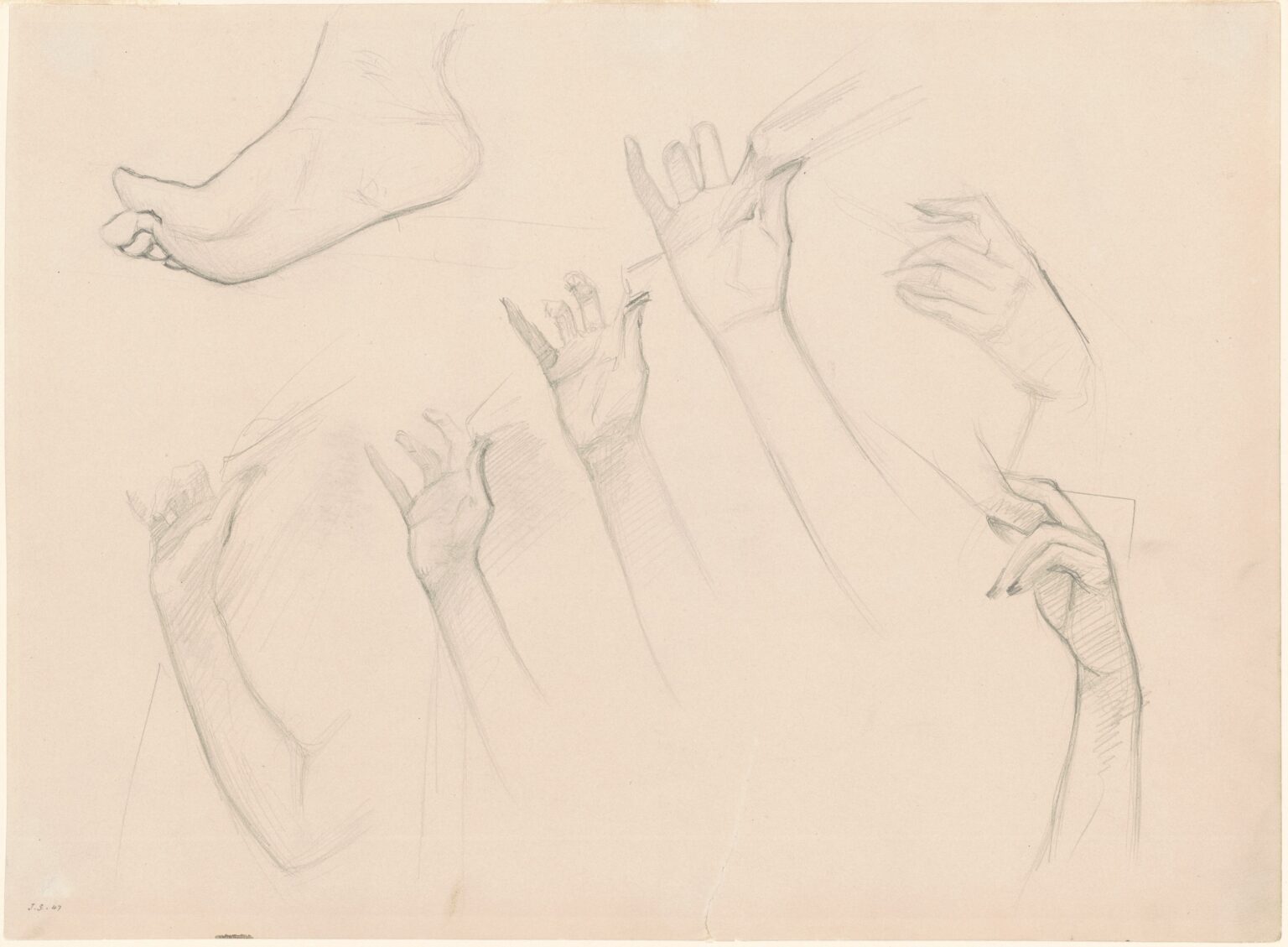
Below are my hand studies made with a red pencil in my sketchbook. I varied some of my values in each one, going from very light to much darker, especially in the bottom right one. These hand sketches were meant to be quick, I would say I spent no more than 10 minutes on each one.
My favourites were the ones on the left page.
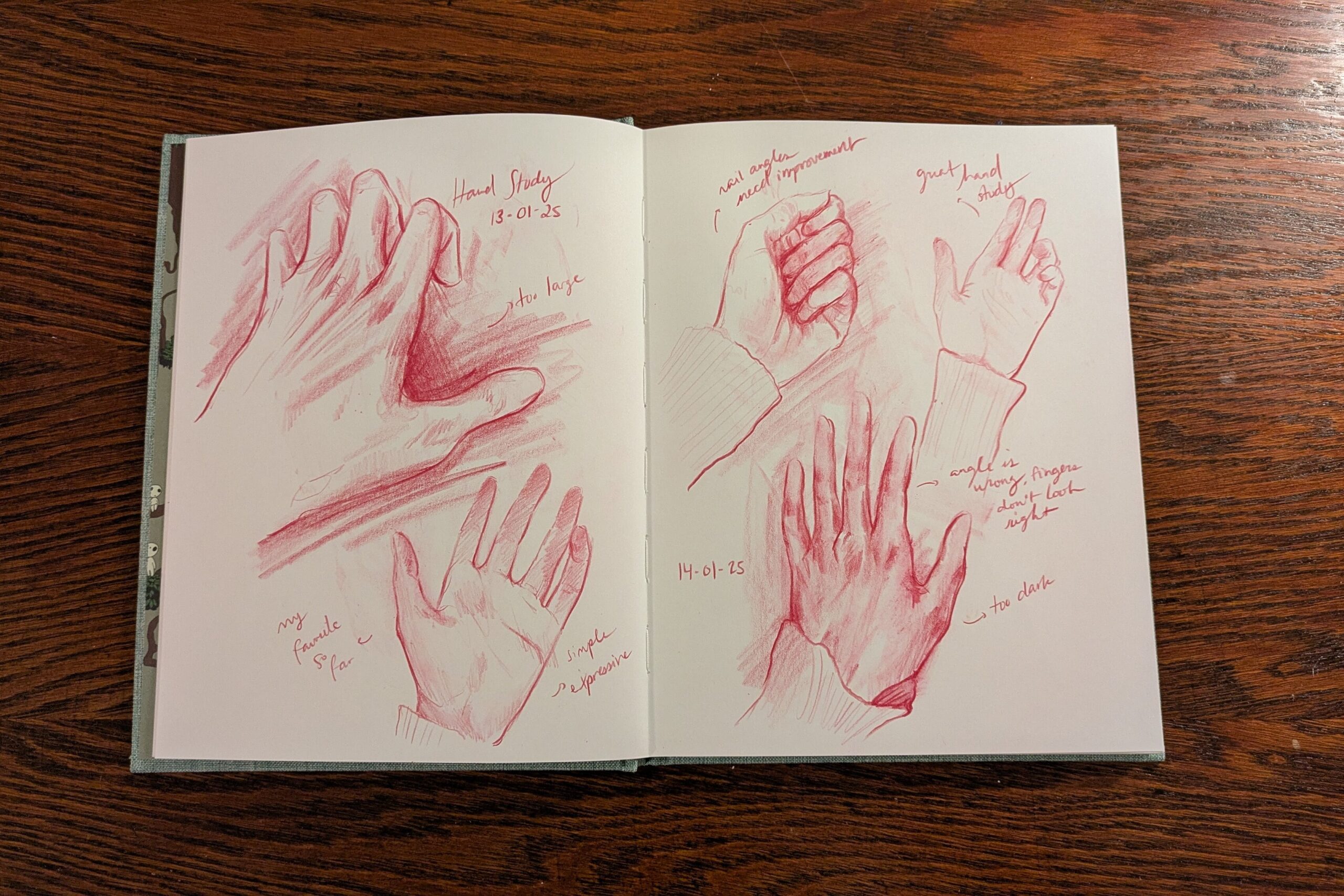
For the purpose of this exercise, I thought I’d make a final drawing using one of my hand studies. So here is the result…
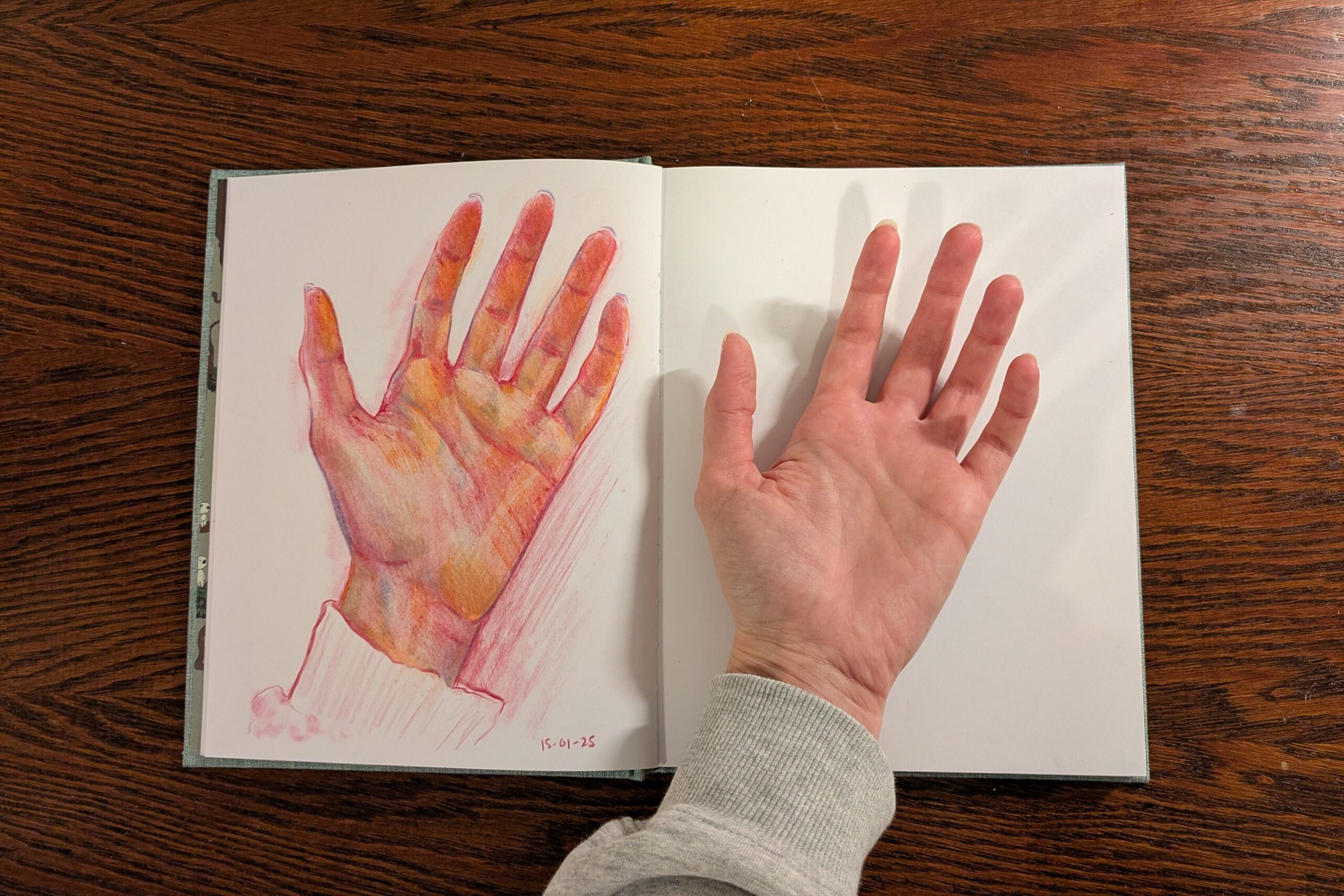
Key Takeaways
Sargent was one of the most influential portrait painters of his time, marked by a series of scandalous portraits and stunning masterpieces.
- The importance of tonal values:
I’ve mentioned before how important it is for artists to learn values to take their art to the next level. Values add depth, contrast, drama and balance to your art. It’s a fundamental that shouldn’t be overlooked, especially when you’re a beginner! - Painting or drawing with intention:
Don’t rework or erase your sketches too much. The key is to start with a very light sketch and gradually add contrast. Learn to make lines or brushstrokes with intention by using a gestural approach to drawing or painting. - Study your subject before you commit to a pose:
Sargent studied his subjects extensively. This allowed him to look at his model from different angles. Once he settled on his preferred composition, he would start painting.
Now it’s your turn to make a Master Study of some of your favourite artworks from Sargent!

